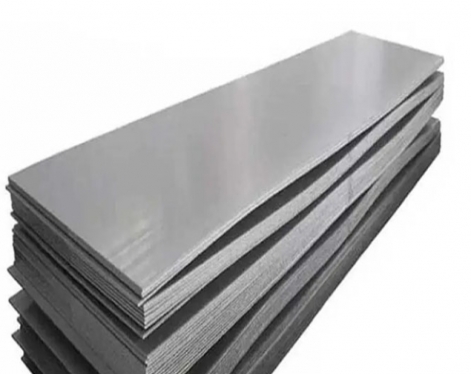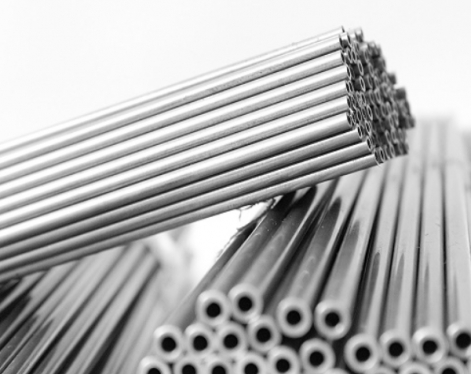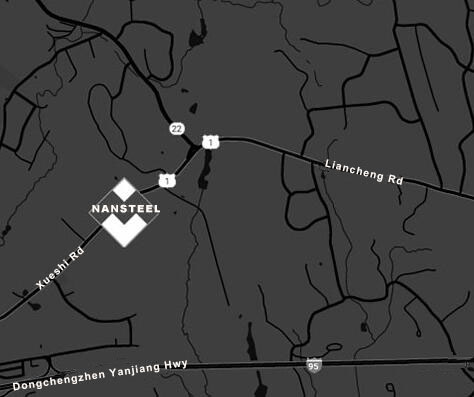In the world of steel, it is often difficult to distinguish between carbon steel plates and ordinary steel plates. In fact, carbon steel plate is an iron-carbon alloy with a carbon content of 0.0218% - 2.11%, also called carbon steel. In addition to carbon, it also contains a small amount of silicon, manganese, sulfur and phosphorus. Because of its low cost and simple process, it is widely used in the industrial field. Ordinary steel plate is a general term and does not have a strict scientific definition. It covers many types of steel plates, including ordinary carbon steel plates, high-quality carbon steel plates, low-alloy structural steel plates, etc., and plays a basic supporting role in various fields.
Ingredient differences
From the perspective of chemical composition, there are obvious differences between carbon steel plates and ordinary steel plates. The composition of carbon steel plate is relatively simple, mainly composed of carbon and iron, with the carbon content ranging from 0.0218% to 2.11%, and also contains small amounts of silicon, manganese, sulfur, phosphorus and other elements. Although these elements are present in small amounts, they have an important influence on the performance of carbon steel plates. For example, the carbon content directly affects its hardness and strength.
Ordinary steel plates have more complex compositions because of their wide variety. Taking ordinary carbon steel as an example, its carbon content is usually less than 0.38%, and the sulfur and phosphorus contents are relatively high, allowed to reach 0.050% and 0.045% respectively. The sulfur and phosphorus content of high-quality carbon steel is controlled even lower, both ≤0.04%.

Performance and features comparison
In terms of performance, carbon steel plates and ordinary steel plates also have their own characteristics. In carbon steel plates, carbon content plays a key role in its performance. As the carbon content increases, the hardness and strength of carbon steel plates gradually increase, while the plasticity gradually decreases.
Ordinary steel plates have a wide variety of types and their performance varies greatly. For ordinary carbon steel plates, their strength and hardness are relatively low, their plasticity is good, and their price is relatively affordable. In the construction field, they are often used to build simple frame structures or to manufacture some daily necessities that do not require high performance.
Different application areas
Due to the difference in performance, carbon steel plates and ordinary steel plates have different focuses in their application fields. Carbon steel plates can obtain different properties by adjusting the carbon content, so they are often used to manufacture important mechanical parts with complex shapes, high mechanical property requirements, and are difficult to form by forging and other methods.
Ordinary steel plates are more widely used. In the field of construction, they are important materials for building houses, bridges and other infrastructure, providing stable structural support for buildings. In mechanical manufacturing, the manufacture of various mechanical parts is inseparable from ordinary steel plates.
How to choose?
When choosing carbon steel plates and ordinary steel plates, many factors should be considered. If the project has high requirements for strength and hardness, and the working environment is relatively dry, carbon steel plate is a good choice. For example, in mold manufacturing, the high hardness and wear resistance of high carbon steel plate can meet the mold's requirements for precision and durability.
If there are requirements for special properties such as corrosion resistance and high temperature resistance, special steel plates such as alloy steel and stainless steel in ordinary steel plates will be more suitable. For example, in chemical companies, pipelines and reactors are often exposed to corrosive media, and the corrosion resistance of stainless steel plates can ensure the safe operation and long service life of equipment.
Budget is also an important factor. Carbon steel plates are low in cost and suitable for large-scale, cost-sensitive projects, such as ordinary building structures. When the budget is sufficient and the performance requirements are high, high-quality ordinary steel plates can be considered.
Read more:Advantages and Disadvantages of Carbon Steel Plate
Ingredient differences
From the perspective of chemical composition, there are obvious differences between carbon steel plates and ordinary steel plates. The composition of carbon steel plate is relatively simple, mainly composed of carbon and iron, with the carbon content ranging from 0.0218% to 2.11%, and also contains small amounts of silicon, manganese, sulfur, phosphorus and other elements. Although these elements are present in small amounts, they have an important influence on the performance of carbon steel plates. For example, the carbon content directly affects its hardness and strength.
Ordinary steel plates have more complex compositions because of their wide variety. Taking ordinary carbon steel as an example, its carbon content is usually less than 0.38%, and the sulfur and phosphorus contents are relatively high, allowed to reach 0.050% and 0.045% respectively. The sulfur and phosphorus content of high-quality carbon steel is controlled even lower, both ≤0.04%.

Performance and features comparison
In terms of performance, carbon steel plates and ordinary steel plates also have their own characteristics. In carbon steel plates, carbon content plays a key role in its performance. As the carbon content increases, the hardness and strength of carbon steel plates gradually increase, while the plasticity gradually decreases.
Ordinary steel plates have a wide variety of types and their performance varies greatly. For ordinary carbon steel plates, their strength and hardness are relatively low, their plasticity is good, and their price is relatively affordable. In the construction field, they are often used to build simple frame structures or to manufacture some daily necessities that do not require high performance.
Different application areas
Due to the difference in performance, carbon steel plates and ordinary steel plates have different focuses in their application fields. Carbon steel plates can obtain different properties by adjusting the carbon content, so they are often used to manufacture important mechanical parts with complex shapes, high mechanical property requirements, and are difficult to form by forging and other methods.
Ordinary steel plates are more widely used. In the field of construction, they are important materials for building houses, bridges and other infrastructure, providing stable structural support for buildings. In mechanical manufacturing, the manufacture of various mechanical parts is inseparable from ordinary steel plates.
How to choose?
When choosing carbon steel plates and ordinary steel plates, many factors should be considered. If the project has high requirements for strength and hardness, and the working environment is relatively dry, carbon steel plate is a good choice. For example, in mold manufacturing, the high hardness and wear resistance of high carbon steel plate can meet the mold's requirements for precision and durability.
If there are requirements for special properties such as corrosion resistance and high temperature resistance, special steel plates such as alloy steel and stainless steel in ordinary steel plates will be more suitable. For example, in chemical companies, pipelines and reactors are often exposed to corrosive media, and the corrosion resistance of stainless steel plates can ensure the safe operation and long service life of equipment.
Budget is also an important factor. Carbon steel plates are low in cost and suitable for large-scale, cost-sensitive projects, such as ordinary building structures. When the budget is sufficient and the performance requirements are high, high-quality ordinary steel plates can be considered.
Read more:Advantages and Disadvantages of Carbon Steel Plate









